India Central Bank Chief Das:
– According to the Monetary Policy Committee (MPC) minutes, headline inflation for July and the second quarter of the current fiscal year is anticipated to be lower than previous levels.
– The present policy repo rate is considered to be largely balanced, effectively avoiding a detrimental impact on domestic economic activity.
– The steady growth impulses in the economy are enabling the monetary policy to focus on facilitating a sustained reduction of inflation towards the target.
– However, the durable alignment of inflation to the target level of 4% is still a considerable distance away, signaling that further efforts are required.
India Central Bank Chief Das: Core inflation may have reached its lowest point.
India Central Bank Deputy Patra:
– The minutes also reflect Deputy Patra’s view that the disinflationary stance of the current monetary policy is appropriate given the prevailing economic conditions.
– He noted that the potential output of the economy is now growing at a faster pace than before the pandemic.
– However, actual output is currently exceeding potential output, which calls for close monitoring of aggregate demand developments.
– Patra emphasized that it is the responsibility of monetary policy to adjust demand conditions in line with the state of supply in the economy.
– Any deviation from the inflation commitment could jeopardize the broader economic prospects, highlighting the importance of maintaining focus on inflation control.
India MPC Member Varma:
– According to the minutes, recent policy measures and increased infrastructure investment have elevated the potential growth rate of the Indian economy to at least 8%.
– A unique combination of demographic and economic factors presents a rare opportunity to accelerate growth over the next decade or more.
– It is concerning that the projected growth rates for 2024-25 and 2025-26 are significantly below the economy’s potential growth rate.
– In Varma’s view, the majority of the MPC appears overly optimistic about growth prospects in the upcoming quarters.
– Data from various RBI surveys indicate early warning signs that growth might already be slowing down.
– While disinflation has been prolonged, it is necessary to maintain a restrictive monetary policy for a few more quarters.
– A real interest rate of 1.5% is considered sufficiently restrictive in the current environment.
– Varma suggests that a reduction of over 50 basis points in the repo rate is needed soon but recommends a cautious approach in implementing this adjustment.
India MPC Member Goyal:
– Goyal pointed out that since Indian inflation measurement can be inaccurate, focusing too much precision on a specific target may be unproductive.
– While overall growth in India remains resilient, it still falls short of the economy’s potential.
– Monetary policy should aim to keep the repo rate as low as possible while still aligning with the inflation target.
– A declining trend and low core inflation suggest that growth is below potential.
– This indicates that real rates are above the neutral real rate, and there is room to lower the repo rate to stimulate growth.
India Central Bank Official Ranjan:
– We must remain vigilant against inflation as persistent supply shocks continue to impact the economy.
– A decrease in food inflation pressures over the year may provide an opportunity for monetary policy adjustments.
– Greater clarity and certainty regarding the food inflation outlook are needed.
– It is preferable to stay the course and remain cautious while uncertainties unfold.
India MPC Member Bhide:
– Consumption growth is expected to be a significant driver of economic growth this year.
– A steady decline in food inflation is necessary to achieve and sustain a 4% headline inflation rate.
– Favorable monsoon conditions are expected to boost agricultural growth and alleviate supply-side pressures, potentially reducing high food inflation.
– Persistent food inflation may necessitate a sufficient softening of core inflation to keep headline inflation near the target.
– It is crucial to prioritize achieving inflation target objectives.
Source: RBI Minutes
Bringing you the latest updates on finance, economies, stocks, bonds, and more. Stay informed with timely insights.
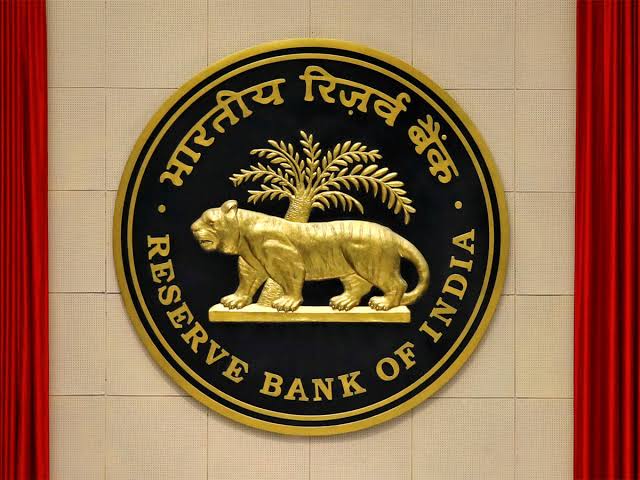



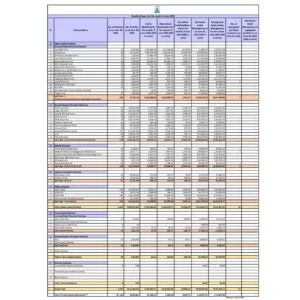
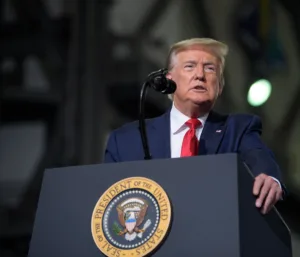
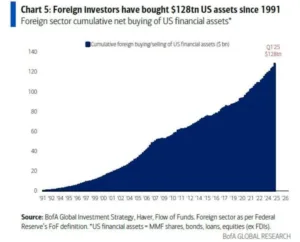

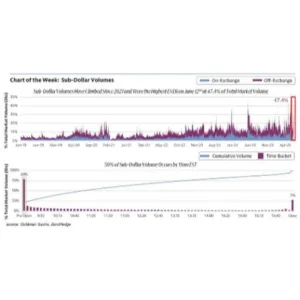
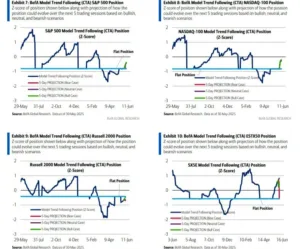







Be First to Comment